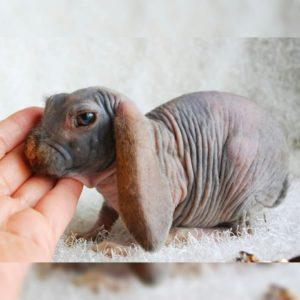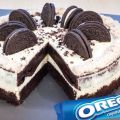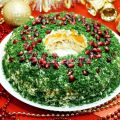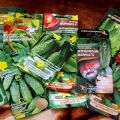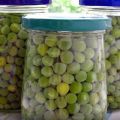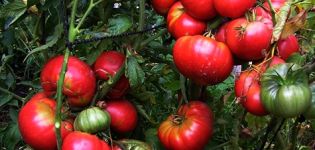Simple and step-by-step instructions for dressing rabbit skins at home
Breeding rabbits for fur requires knowledge and skills to handle the skins after slaughter. Available technology allows you to dress rabbit skins at home. This does not require special tools and expensive chemicals. The most important thing is the correct execution of technological operations, observing their sequence and duration.
Skinning rules
Before cutting the carcass, the ears, front legs and tail are removed from the rabbit. The skin is removed immediately after slaughter in order to make it easier and better to make it. The rabbit is attached to the struts upside down. A circular incision is made on the hock joints and, using a knife, separating the skin from the meat and fat layers, skin is removed from the thighs to the groin.
In the area of the urethra, the sections from the thighs are connected with a cross cut and then the skin is removed, like a stocking, to the neck. Then the front legs and head are taken out. When removing the paired skin, no effort is made so as not to stretch the dermis.
Required tools and materials
Beginners in rabbit breeding need to familiarize themselves with the sequence of work and the requirements for their implementation. At home, the following equipment is used:
- rule;
- scythe / knife;
- acid-resistant container;
- wooden shovel;
- brush.
For processing, apply:
- salt;
- vinegar;
- formic / sulfuric acid;
- formalin;
- washing powder;
- potassium alum;
- chromium sulfate with a basicity of 33;
- animal fat.

Variations in materials for processing skins are allowed. For example, instead of fat, use machine oil, change the acid.
Stages of dressing skins at home
Having removed the skin, they do the primary fleshing: they clean off the trimmings of muscles, tendons and fat with a knife. Then the skin is turned inside out with the fur and pulled over the rule (a special frame made of metal or wood). The metal rule is made from a rod 4-5 millimeters thick and wrapped with insulating tape, the wooden one is made of deciduous trees.
Violation of technological requirements will make further processing impossible. After drying, the skins are folded in a pile and stored until ready to use, protecting them from dampness and moths.

Preparatory
The dressing begins with the complete removal of fat and meat residues from the dermis. For this, it is necessary to perform three technological operations.
Otmoka
Dry skins must be returned to a pairing state.Salt is added to warm water (up to 28 degrees), at the rate of 30 grams per 1 liter, and 1 gram of a bactericidal agent (for example, formalin). There should be enough water so that all skins are covered with a layer of water of at least 1 centimeter.
The soaking procedure lasts depending on the thickness of the flesh, shelf life: 20-48 hours. For uniform impregnation with water, the skins are periodically stirred with a wooden spatula. The end of soaking is determined by the softness of the flesh and the strength of the fur coating. Finished skins are carefully squeezed from tail to head.

Fainting
To remove the softened layer from the flesh, use a knife or blunt blade of a scythe, fixed at a right angle between two boards. The skins are turned inside out and scraped from the tail to the head and the ridge to the sides. The incisions formed at the end of fleshing are sewn up with white threads, fur inside, end-to-end.
Degreasing
The peeled skins are washed in water at a temperature of 20 degrees in a washing powder (4 grams per 1 liter). Degreasing is carried out manually or mechanically (in a washing machine) for 30-40 minutes, so as not to damage the fur and flesh. Rinse under running water. Wring out.
Main
Mezdra needs to be protected from temperature extremes, getting wet, so that there is no deformation of the skin, loss of presentation.

Picking
Acid-salt treatment of the flesh. Following the step-by-step instructions, a high-quality protective layer is obtained, thanks to which the skin does not stretch, does not shrink, does not lose fur. Pickling sequence:
- prepare water at a temperature of 30 degrees;
- add 40-50 grams of salt per 1 liter;
- pour in 70% acetic acid (15-25 grams per 1 liter) or formic acid (10 grams per 1 liter) or sulfuric acid (4-5 grams per 1 liter);
- place the skins in the solution for 16-24 hours (until the appearance of "drying");
- put in a pile in a container for lying for 12-24 hours in a warm place.
"Drying" is a trace on the flesh, by which it is determined that pickling is complete. To do this, in the groin area, the skin is bent and carried along the flesh with a nail. A white line should be imprinted on it, which disappears after a few seconds.
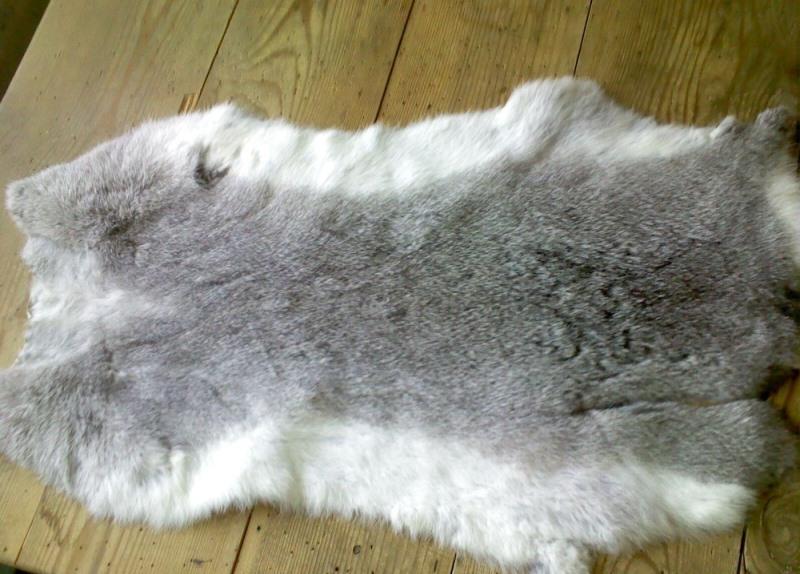
Pickling
A process equivalent to pickling as intended. The difference lies in the materials used, the duration of the technological operation and some difference in the final result. Sour milk or sourdough is used for fermentation. It is rarely used at home, as it requires a long wash in order to further clean the fur.
To remove the skins, a sourdough is prepared from rye, oatmeal, wheat flour and yeast, or sour milk is used. The skin of the skins is smeared with a thick layer of sourdough. Fold them in a pile and cover with polyethylene. After a day, the procedure is repeated. Ripening time - 2-3 days. The temperature in the stack is no more than 35 degrees. Readiness is checked by "drying". The strength and elasticity of "pickled" skins is 2 times higher than with acid-salt pickling.

Tanning
The subsequent operation is intended to create a protective film over the softened collagen layer. For tanning, use chromium sulfate with a basicity of at least 33, or potassium alum, or a mixture thereof. Potassium alum gives a white, soft flesh, but is washed out when moisture enters, which leads to a roughening of the skin.
In home dressing, chrome tanning or chromium-potassium alumina is often used.
Tanning agent content in 1 liter of water with a temperature of 25-28 degrees:
- chrome - from 4 to 7 grams;
- potassium alumina - 10-20 grams;
- mixtures - 4 grams each.
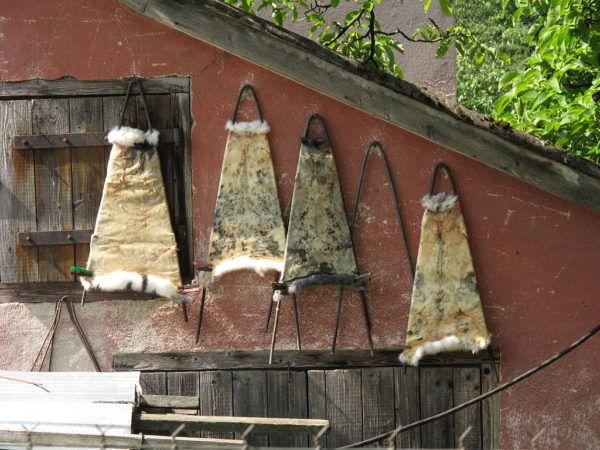
The step-by-step tanning procedure consists of 4 parts. First, the skins are placed in the finished tanning agent for 6-7 hours. Then, every hour, add a deoxidizer (neutralizer) from baking soda and water (330 milliliters at the rate of 3 grams per 1 liter).
Fatty or fattening
To protect the tanning agent from washing out, the skin must be treated with a fat emulsion. It contains pork fat (200 grams), boiling water (500 milliliters), 25 milliliters of machine oil, 40 milliliters of glycerin, 200 grams of egg yolks.
The tanned skins are pulled on the rules, coated with a brush and hung to dry.
Finishing
The dressing of rabbit skins with their own hands ends with a simple operation: dried skins are removed from the rules, gently kneaded and stretched, achieving softness and elasticity. The fur is combed, the flesh is rubbed with chalk, sanded with sandpaper. The hair is wiped with gasoline / industrial alcohol, combed.
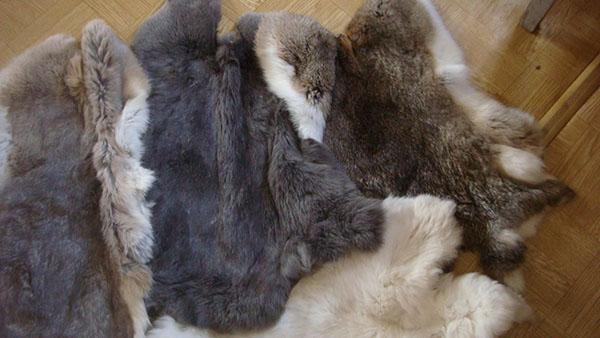
Alternative dressing options
Home tanning is possible without chemicals. The bark of trees or grass is used as a raw material for tanning: willow, spruce, oak, horse sorrel. A simple way to prepare tanning agent is a decoction. For example, a 50-liter metal container is filled with grass to the top, filled with water, brought to a boil, and kept for 30 minutes. Cool to 30 degrees, add salt, filter. The skins are placed in a decoction for several days. The end of tanning is checked by a cut of the flesh: it must be the same color throughout the entire depth.
Rabbit skins classification
For dressing, the sex and age of the rabbits matter. The thickest flesh is in males older than a year, the thinnest in 5-6 month old rabbits. This adjusts the composition of chemicals, temperature and duration of operations.
According to Gosstandart, when accepting skins for fur production, varietal differences relate to the size of the skins, the quality of the hairline and flesh, the presence and types of defects.
The skins are classified according to the method of drying after slaughter for long-term storage:
- fresh dry;
- salt dry;
- frozen.
In the first and second methods, the skins are dried on the rules with the fur outside. Sprinkle / do not sprinkle with salt before stretching. Unmanufactured skins are used as raw materials for further dressing or for obtaining down for felt products. When frozen, the paired skins are folded one by one with the fur outside in plastic bags and placed in the freezer. Freezing temperature - 18-32 degrees. Skins are a semi-finished product for obtaining fur products after dressing.
